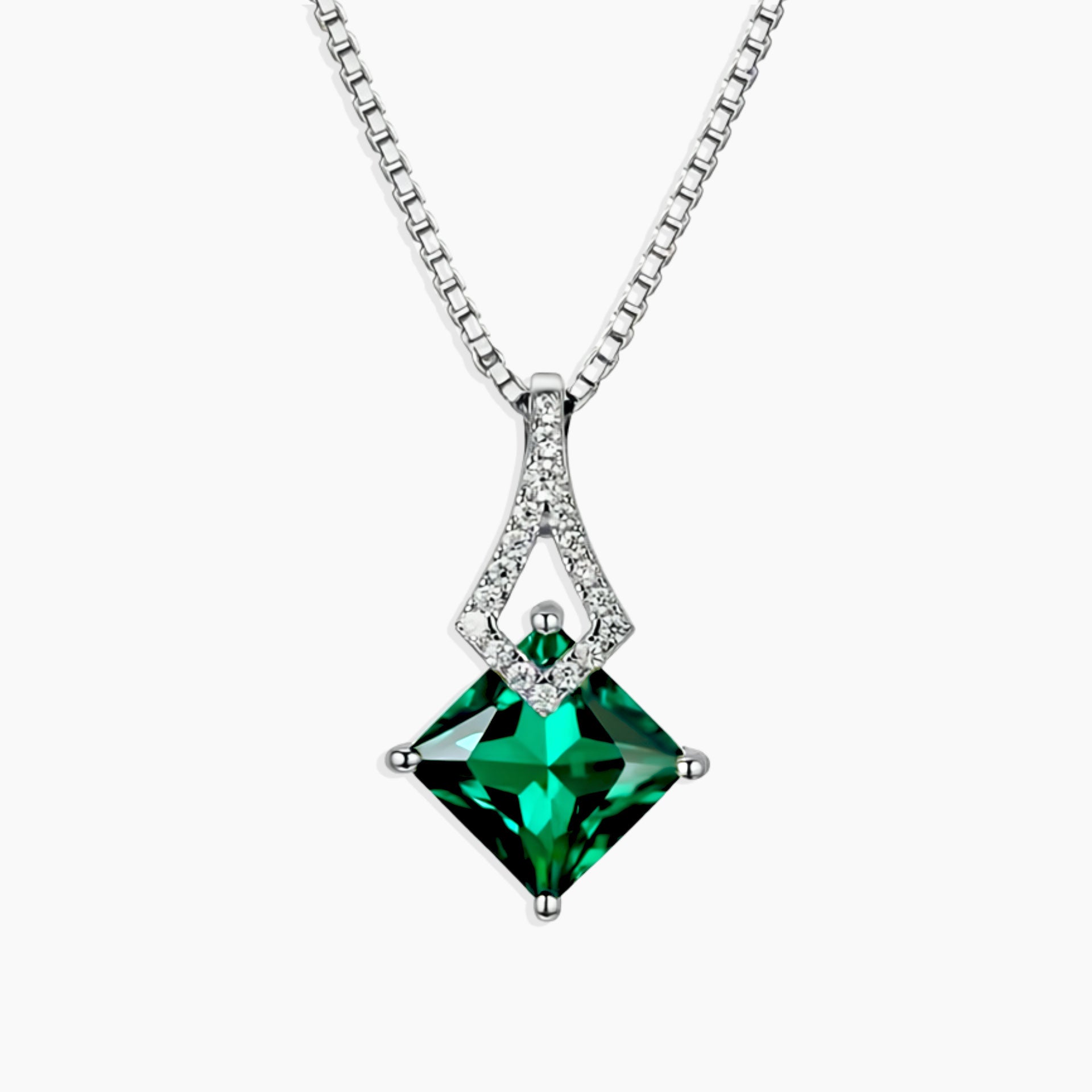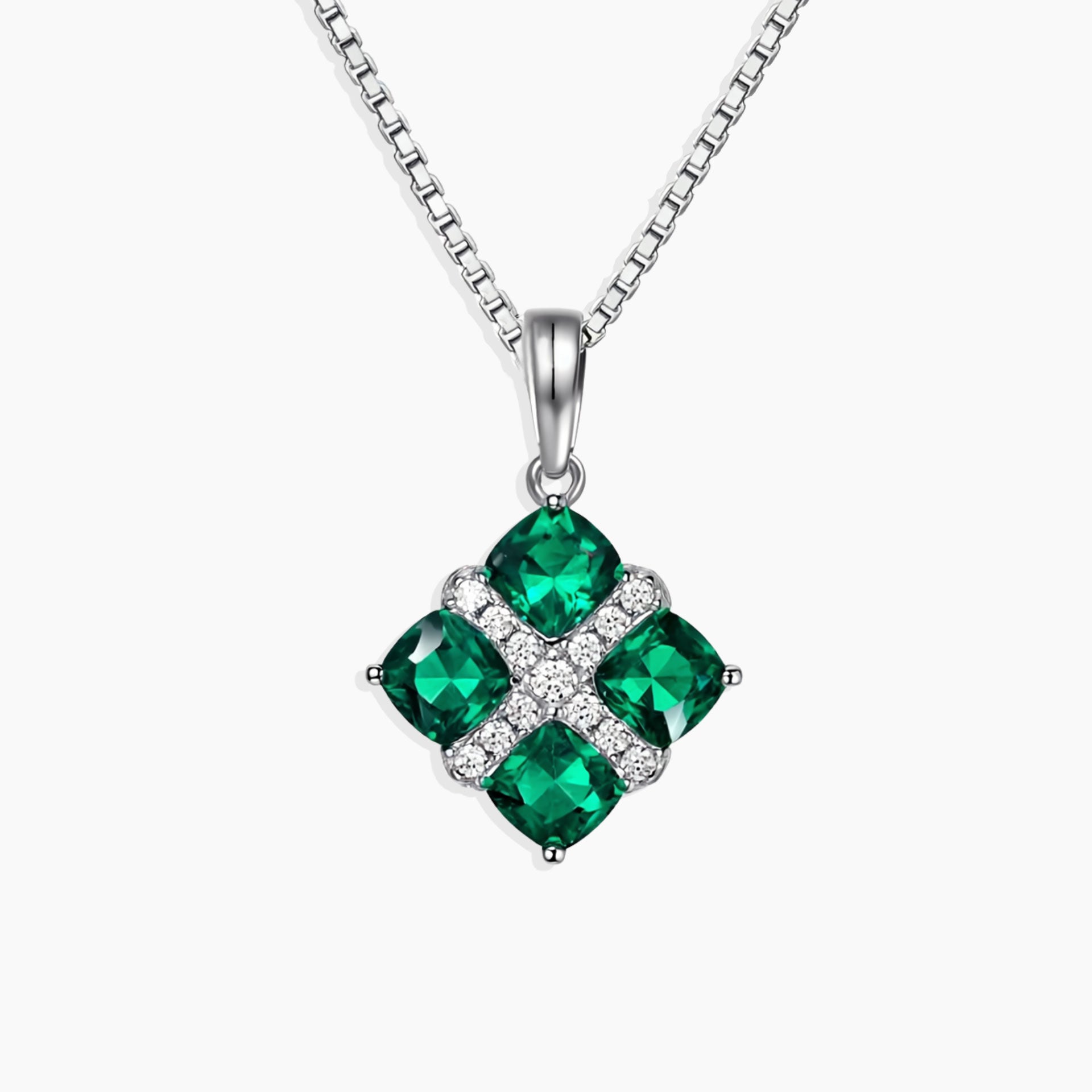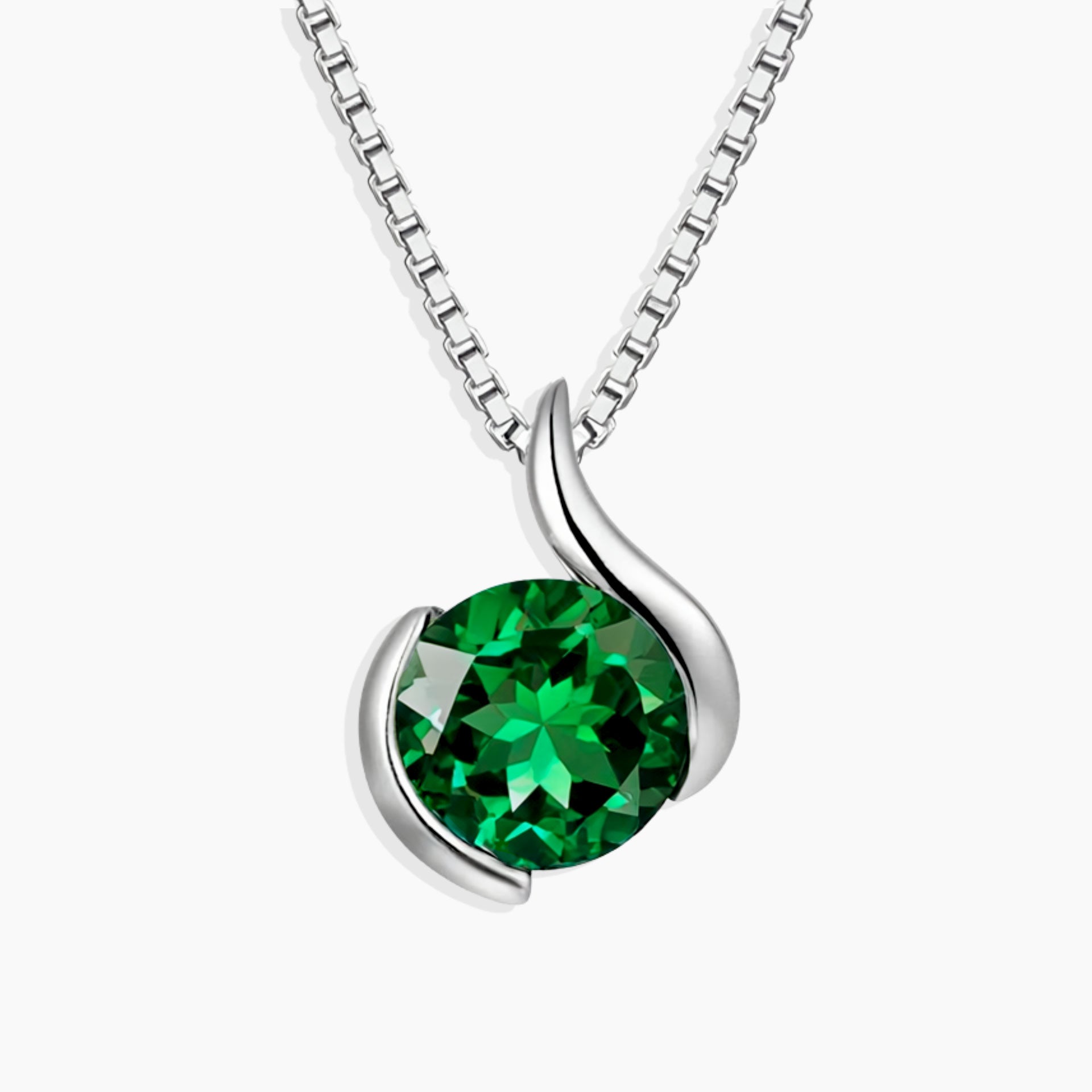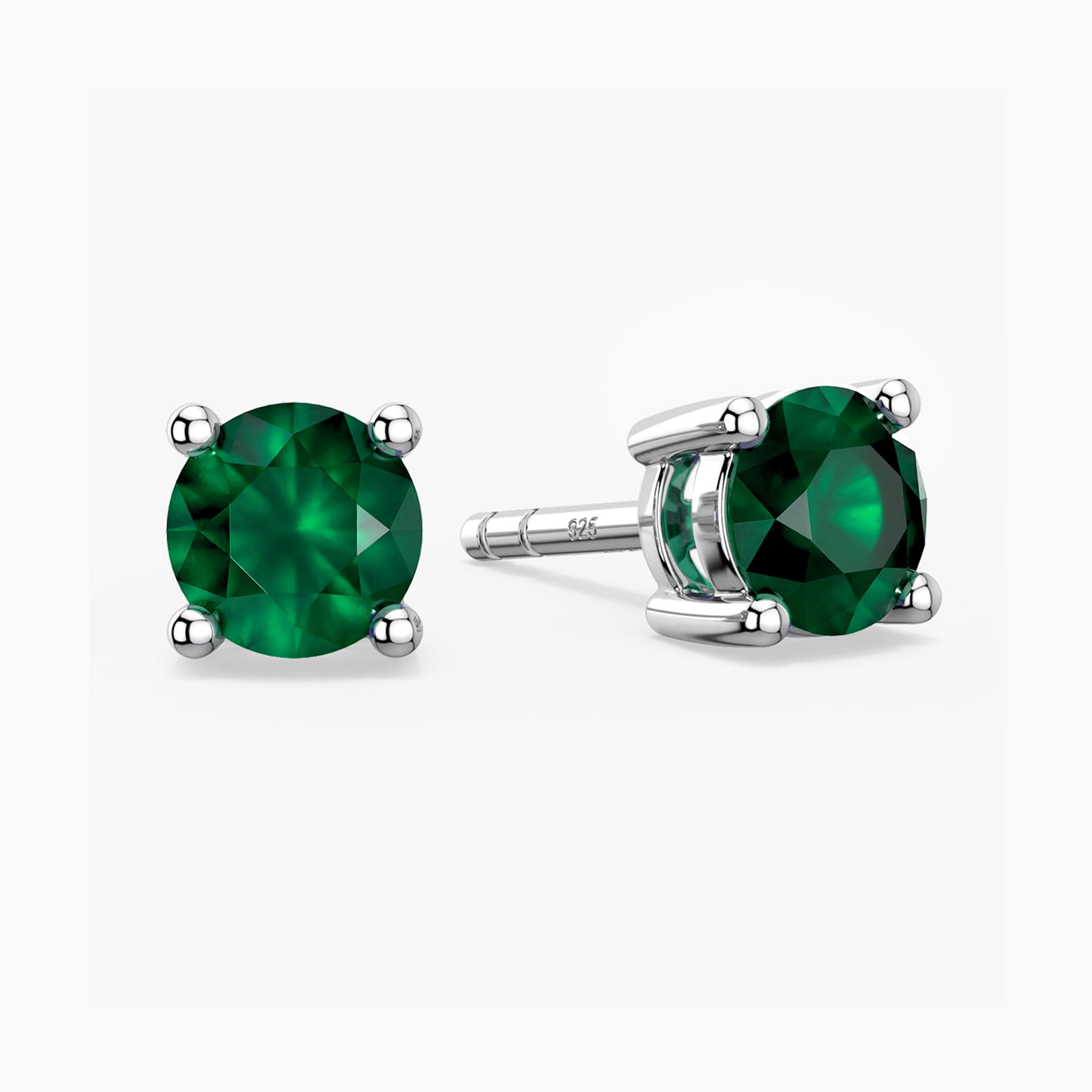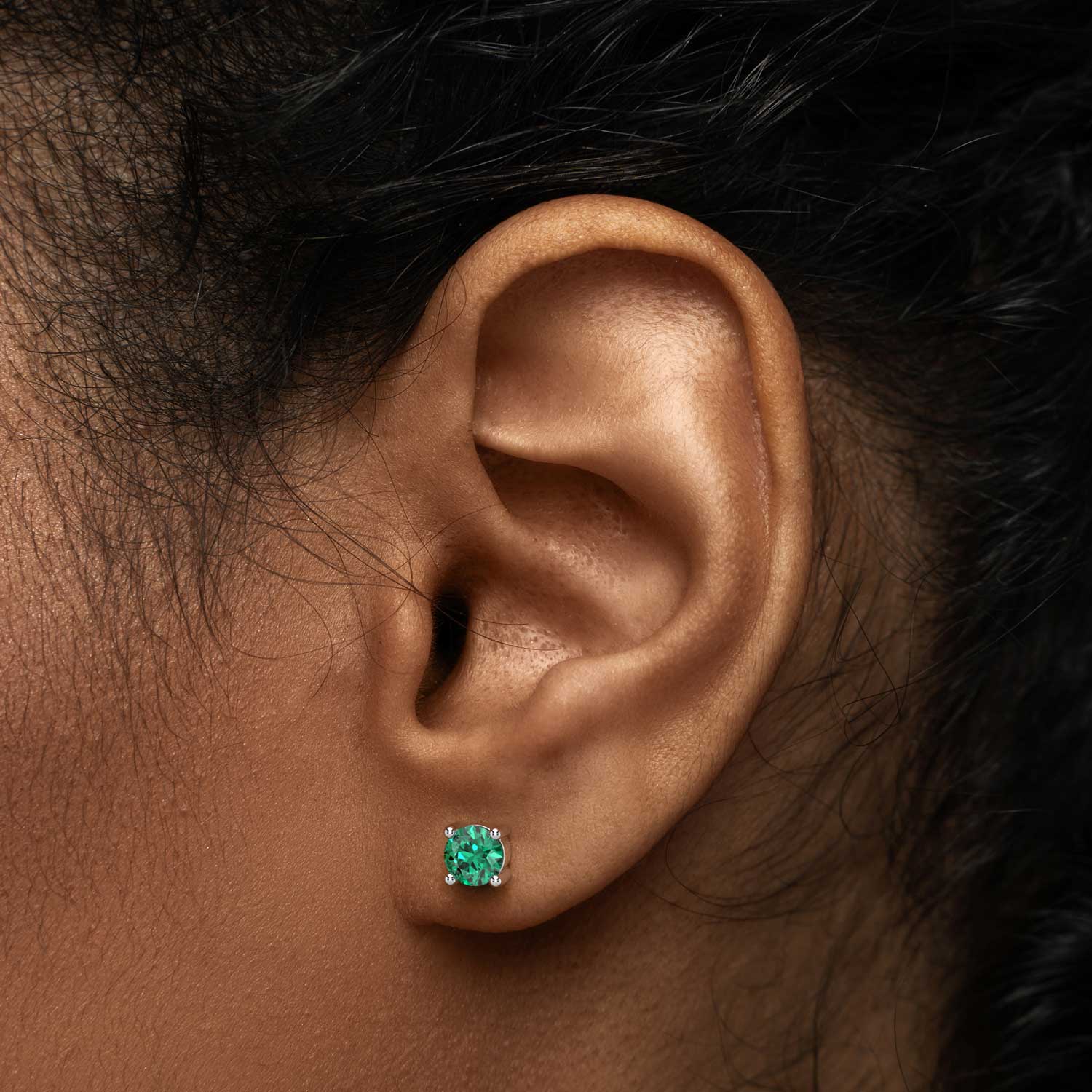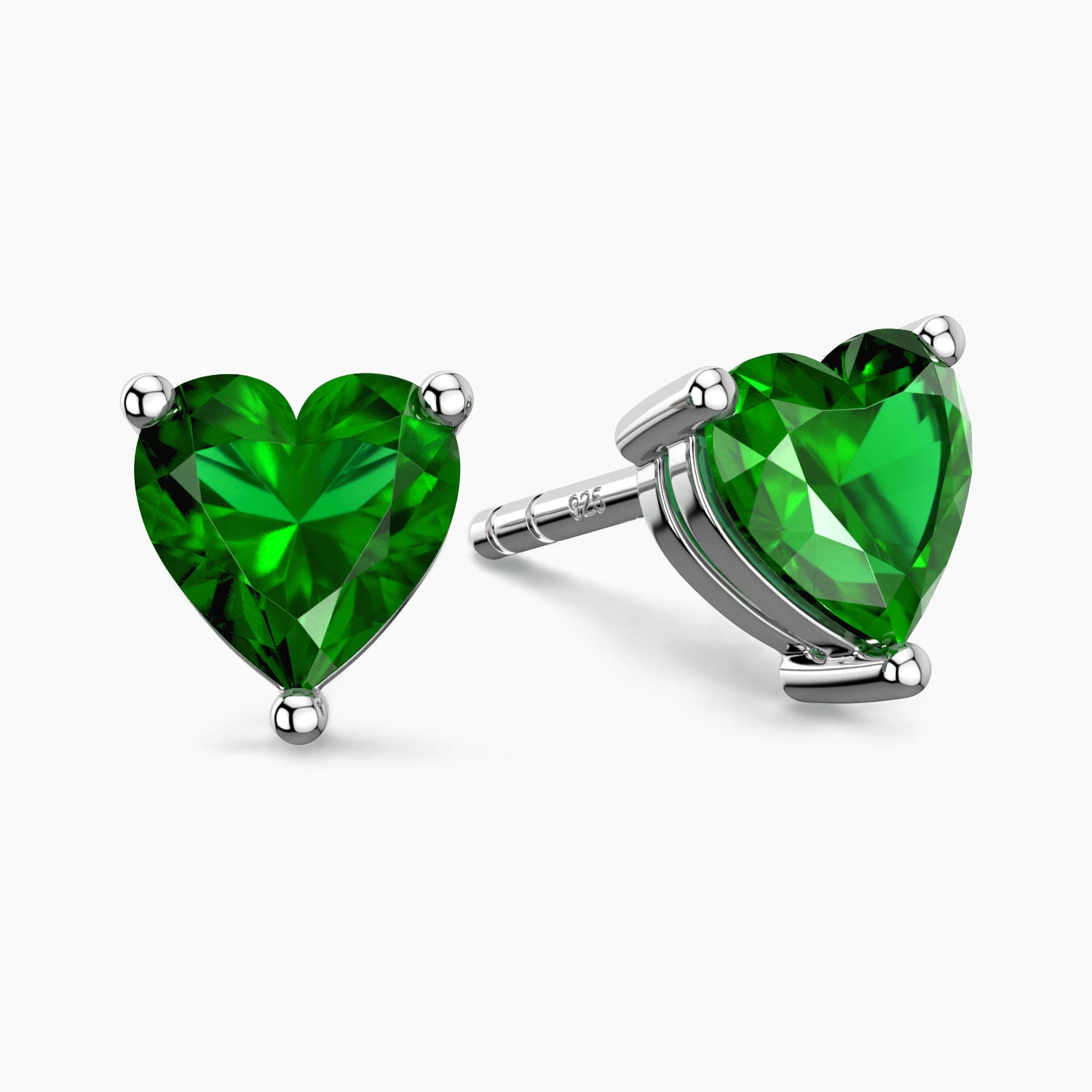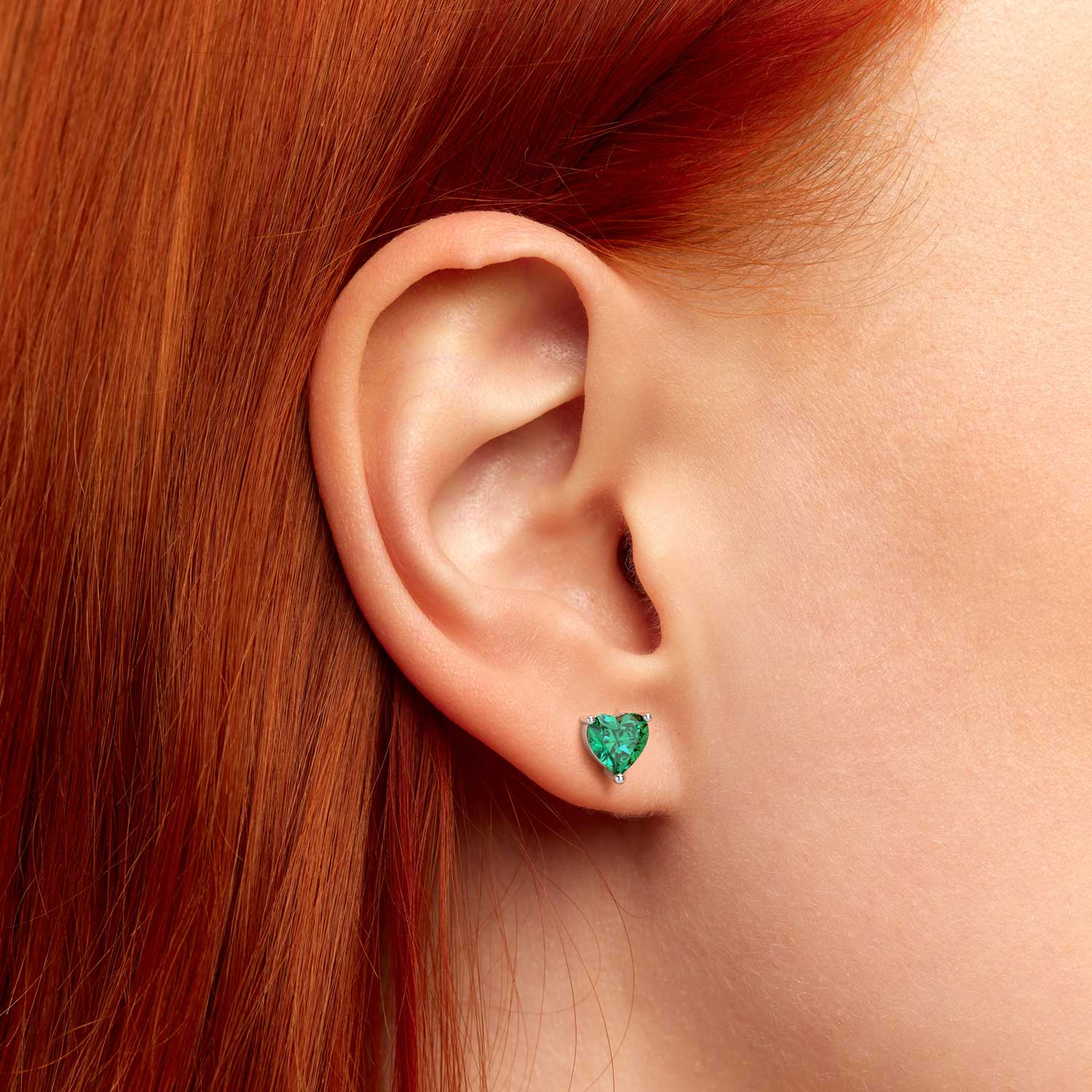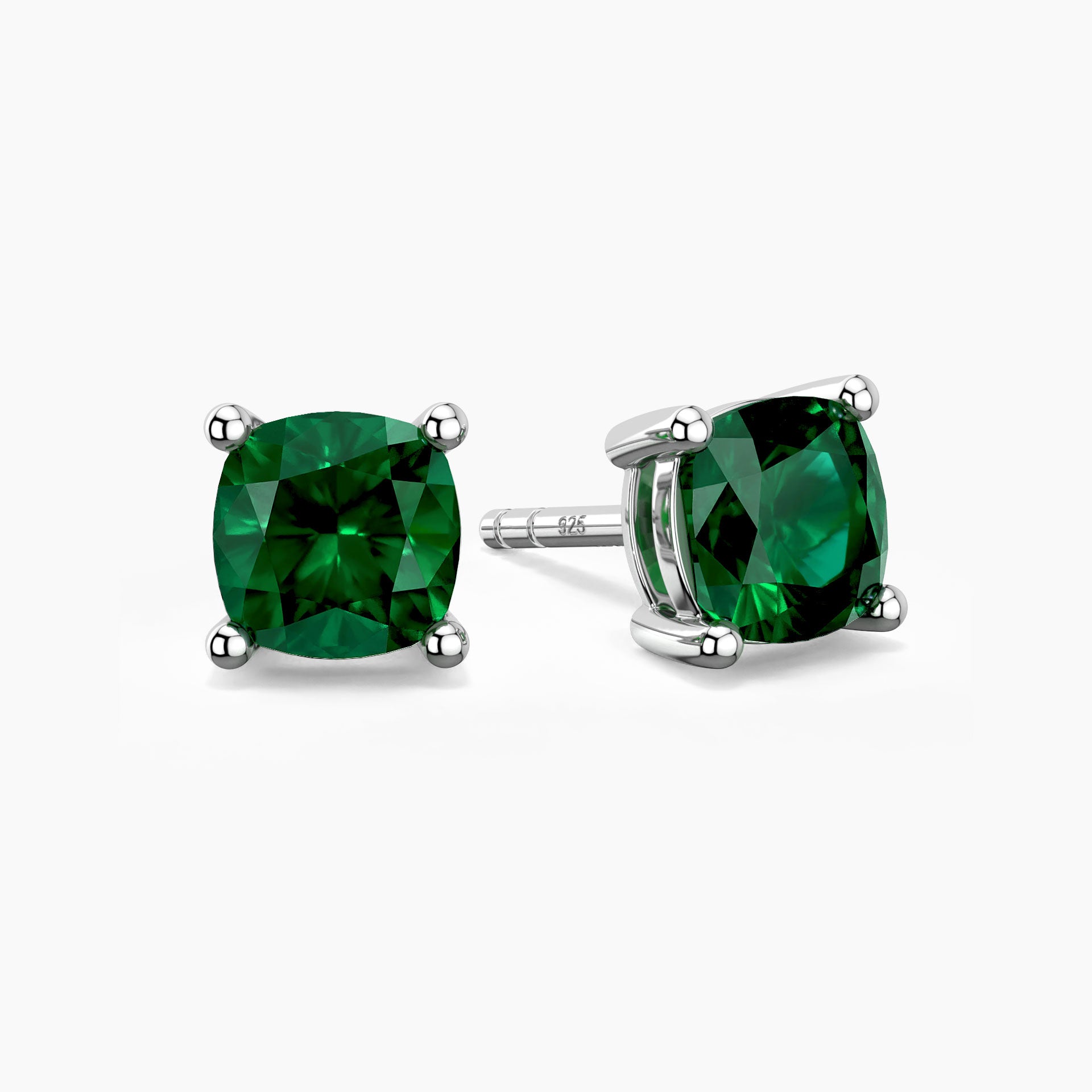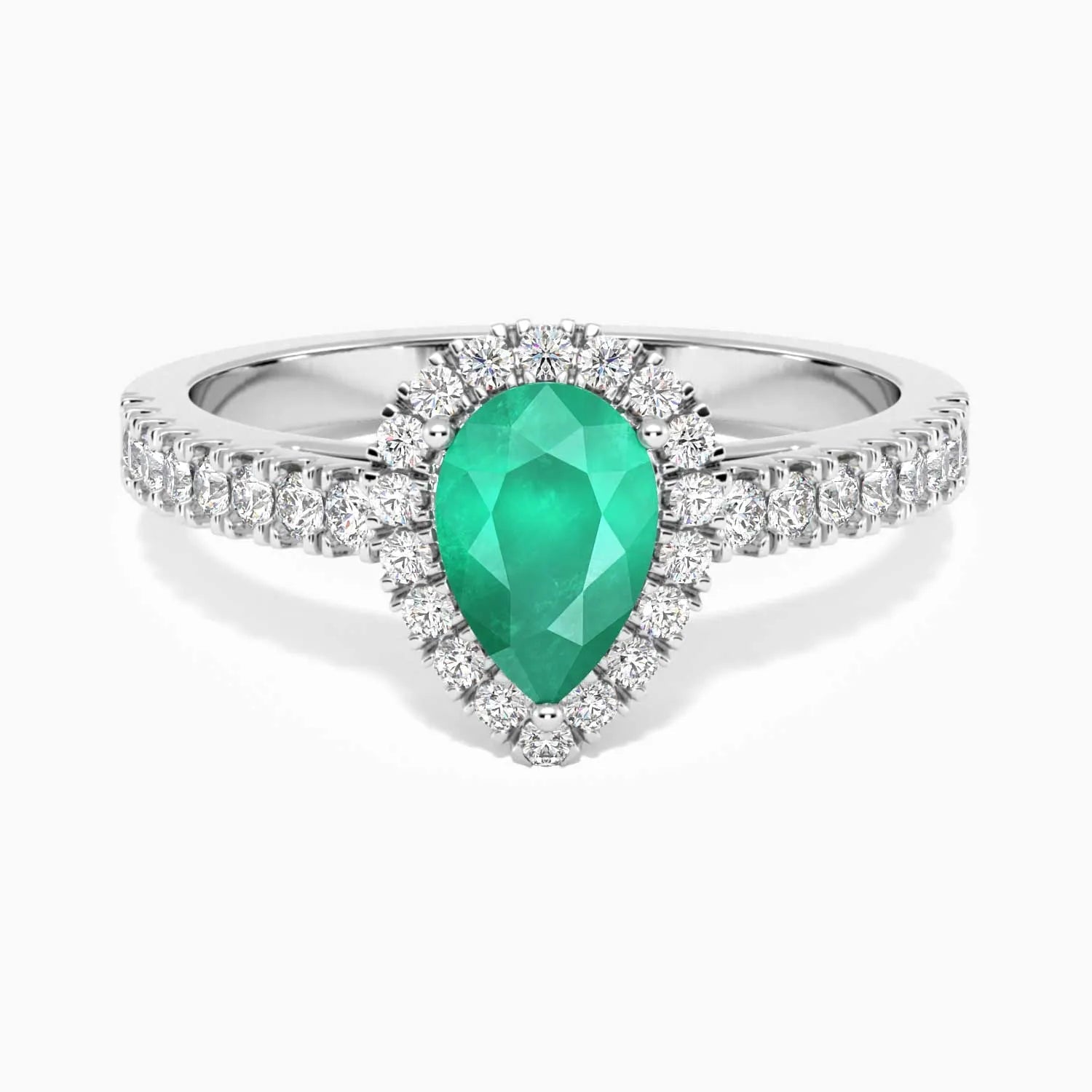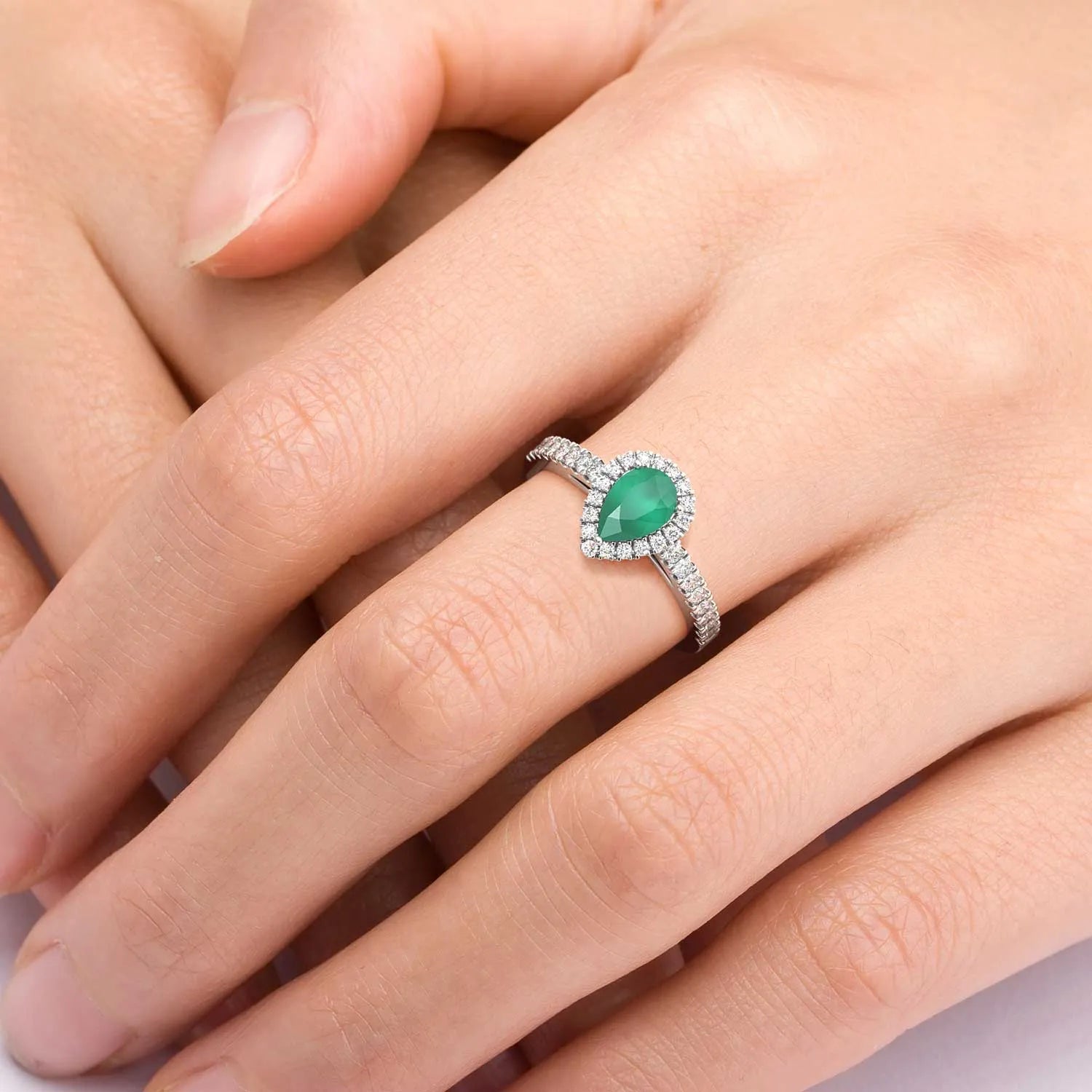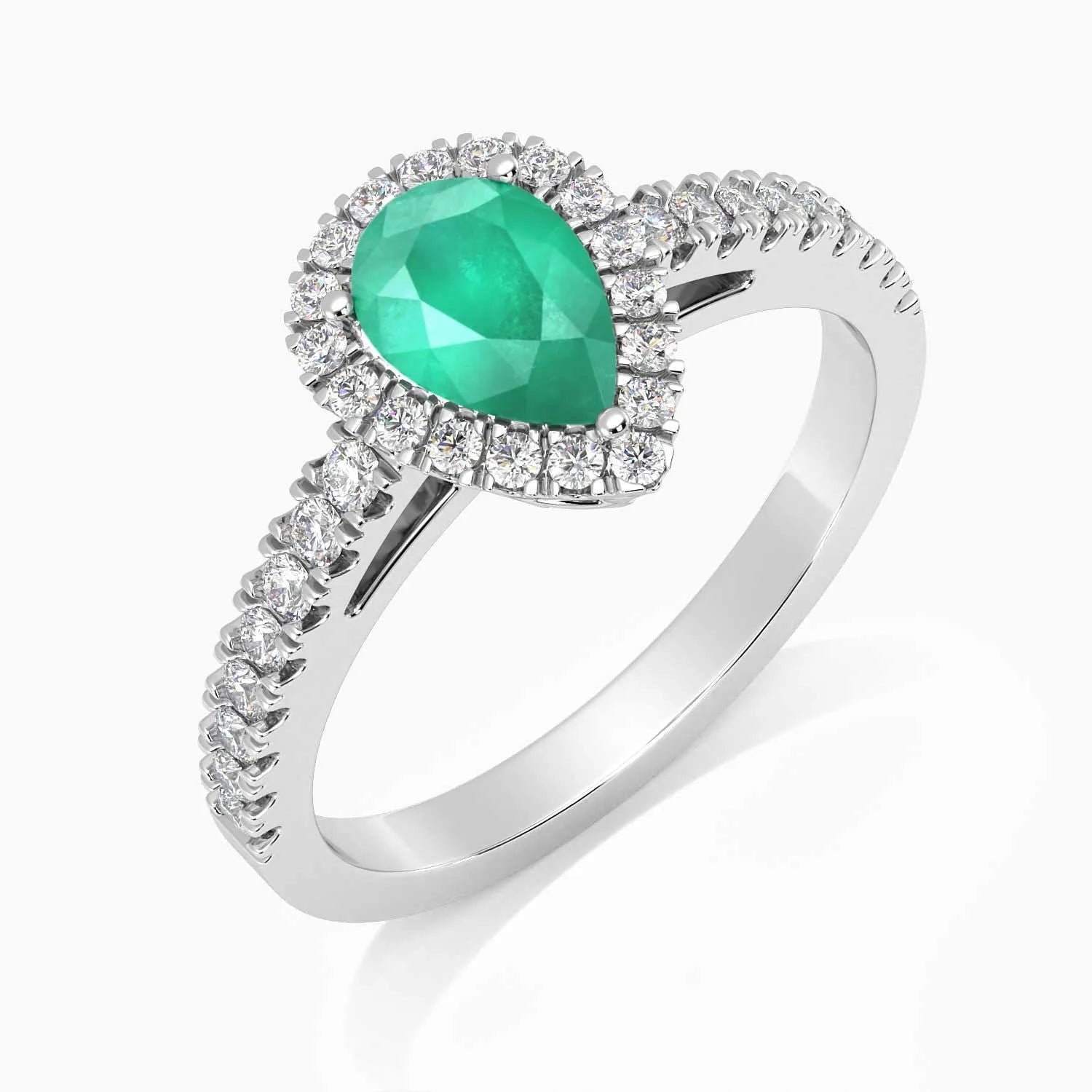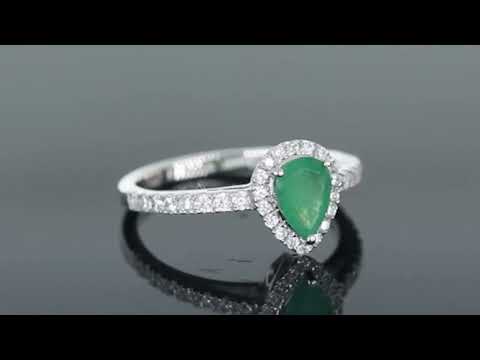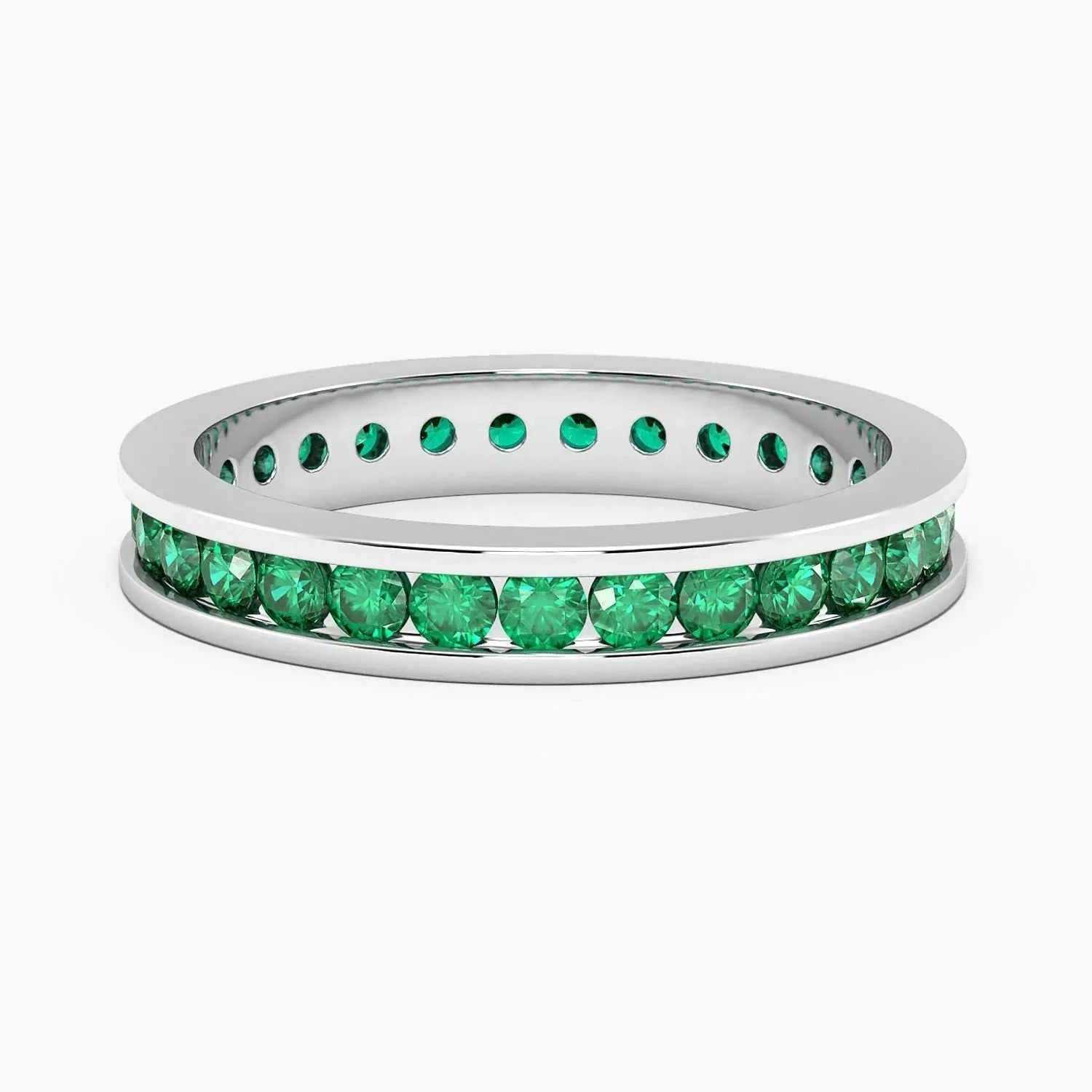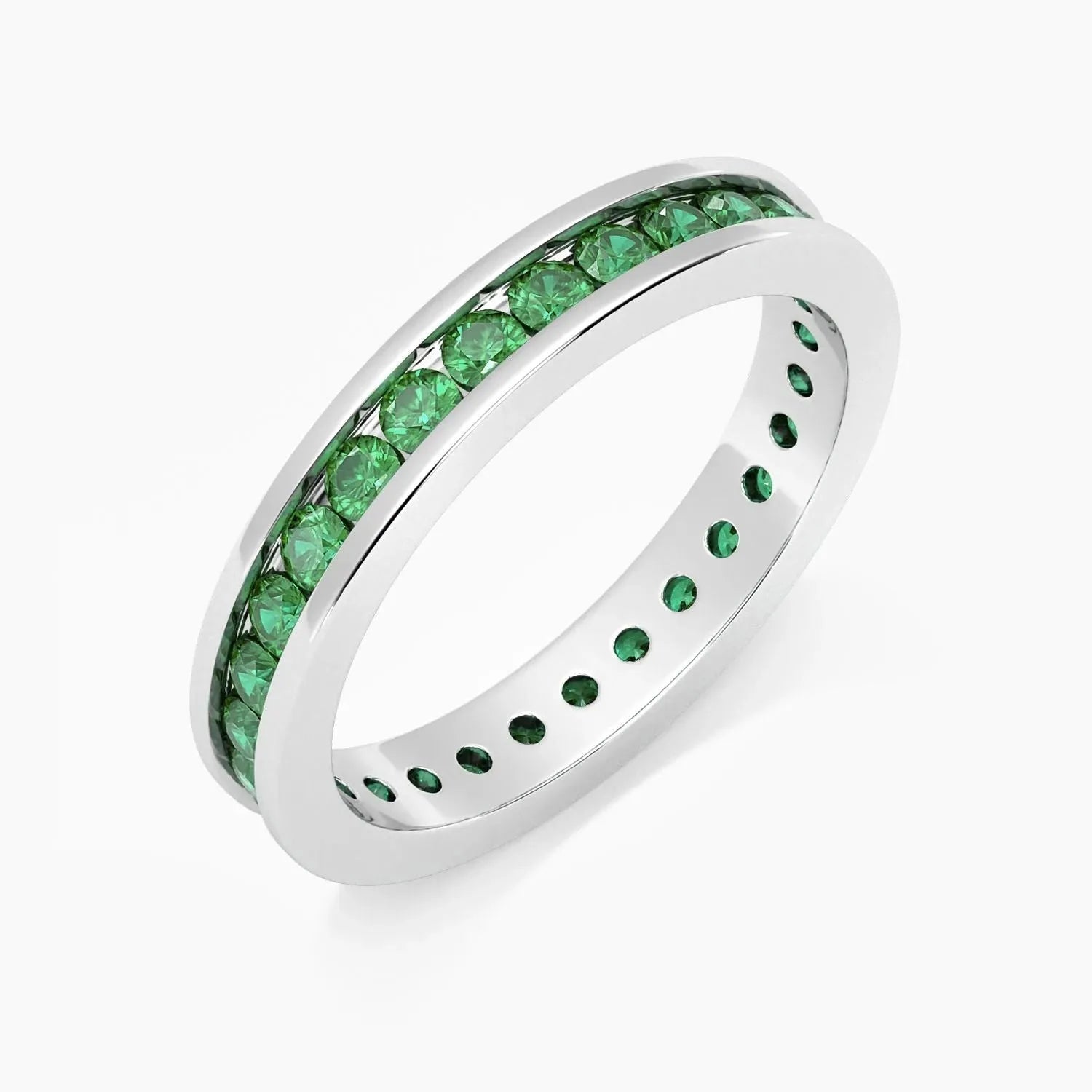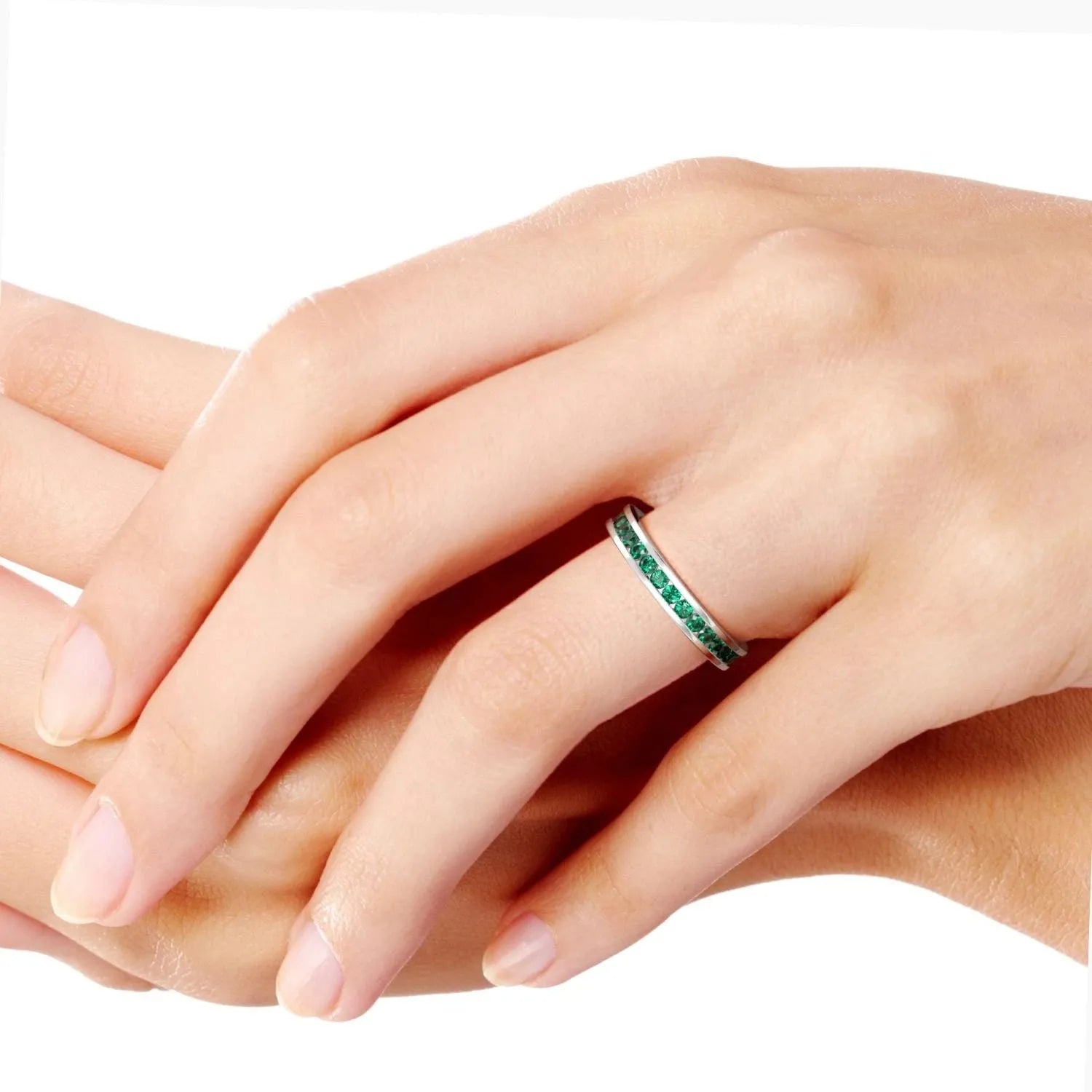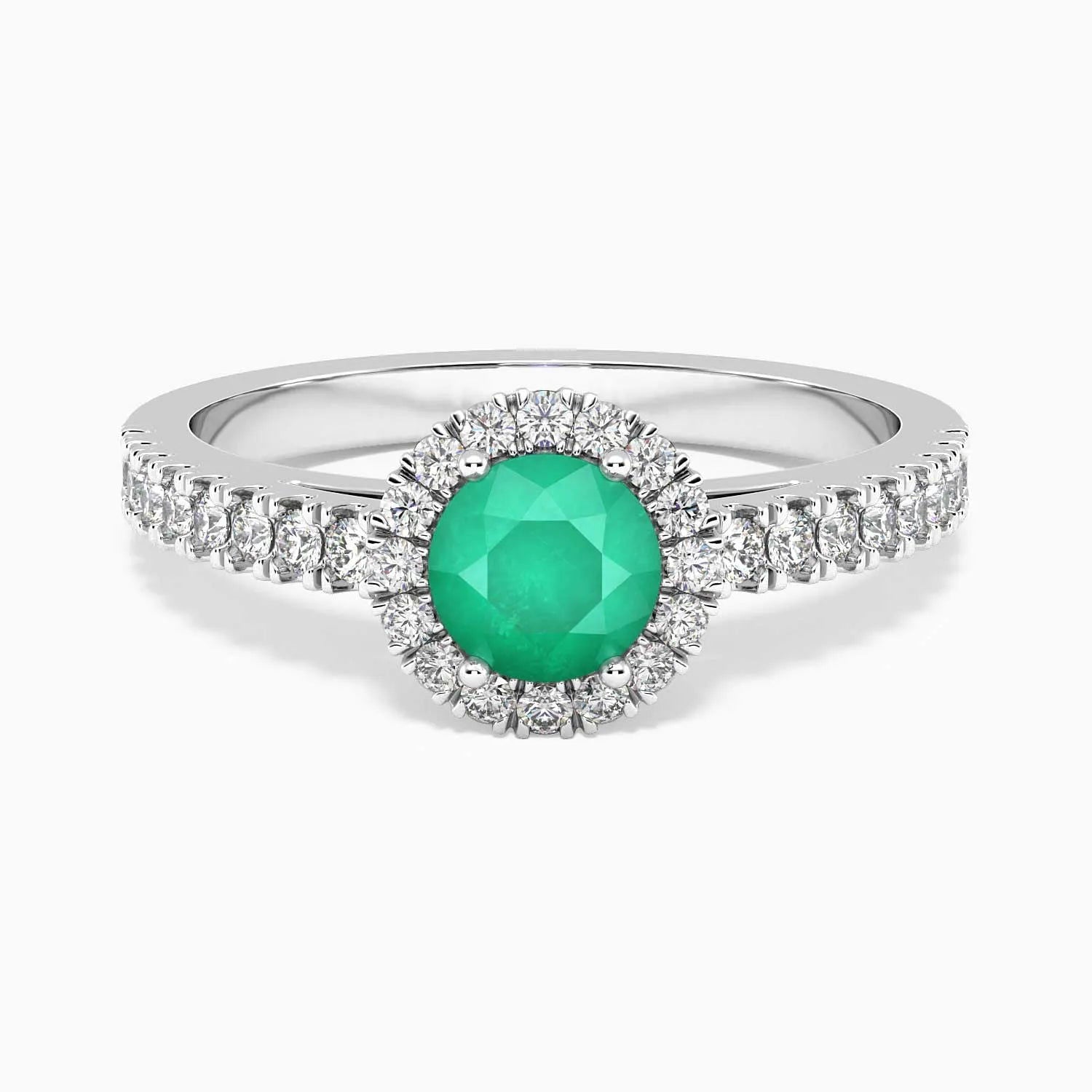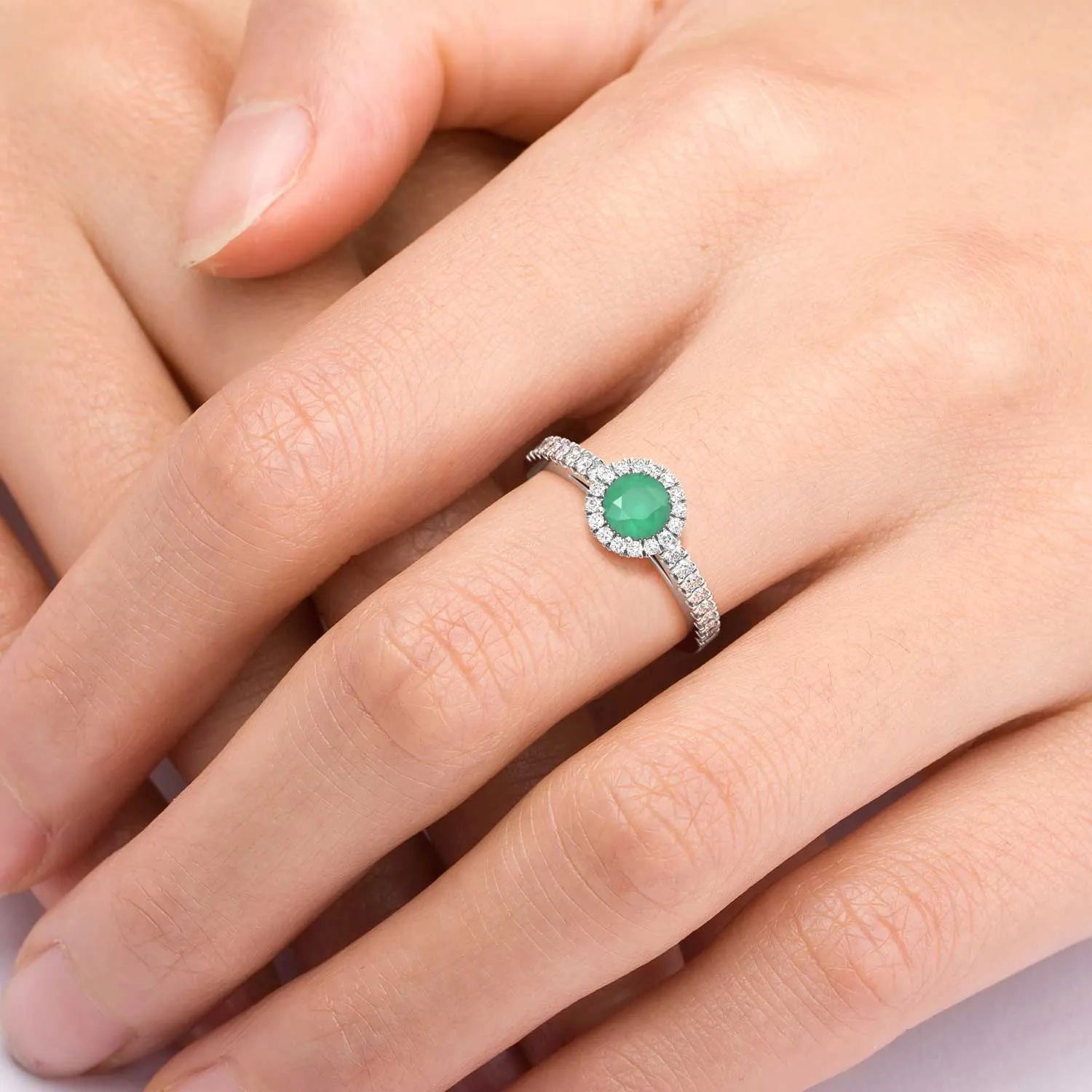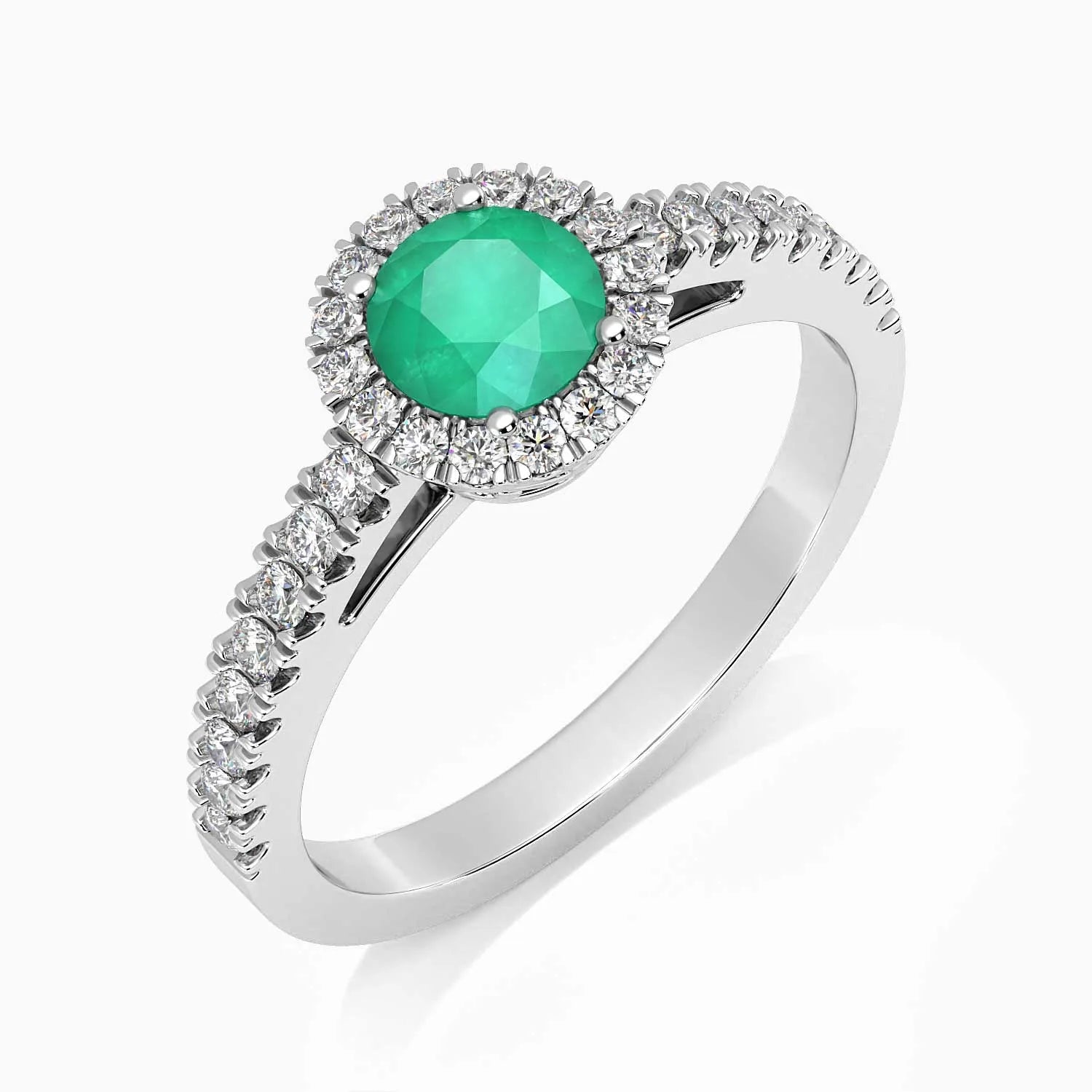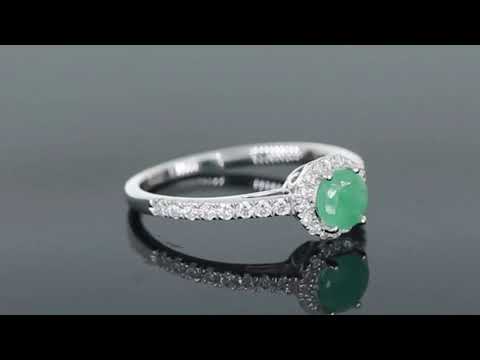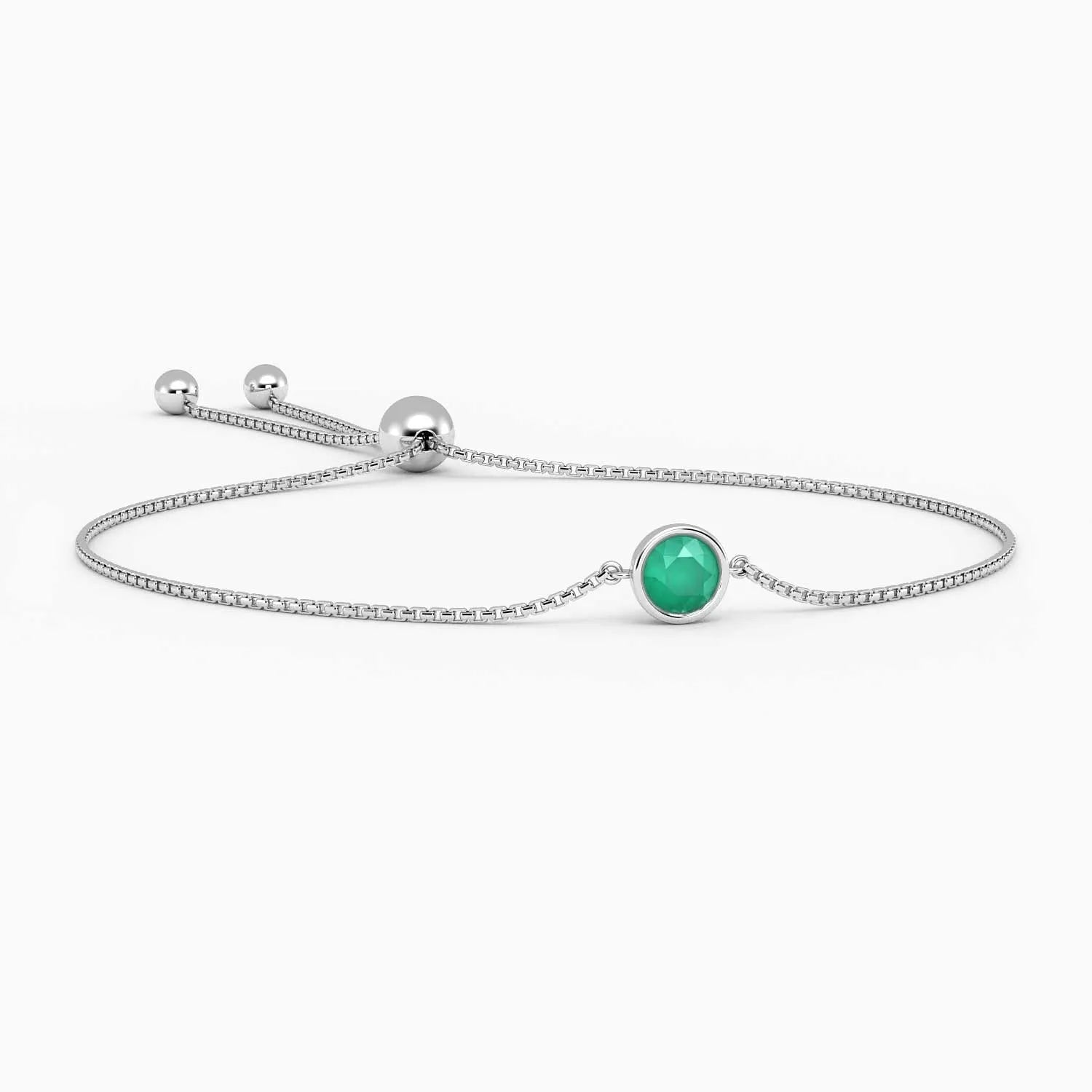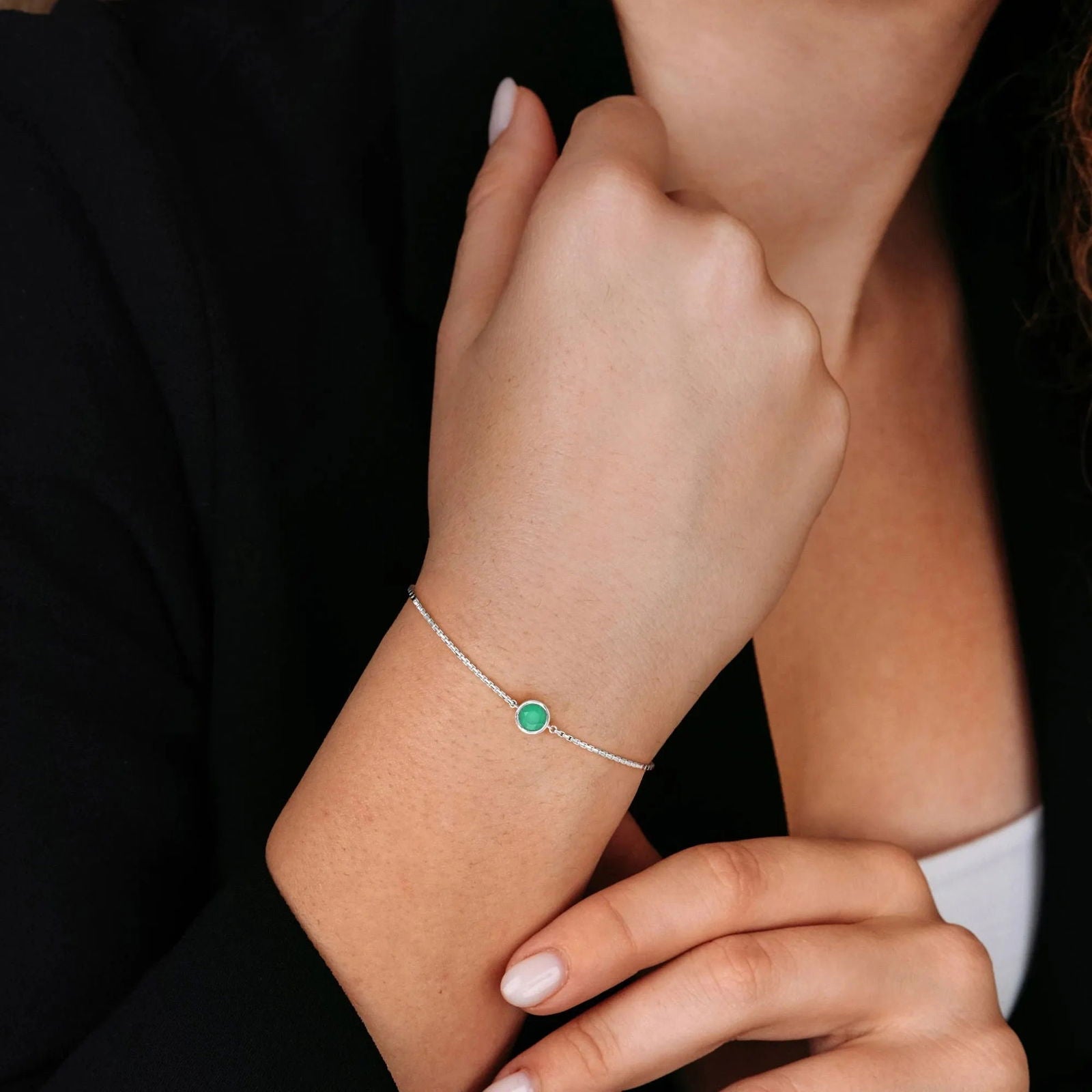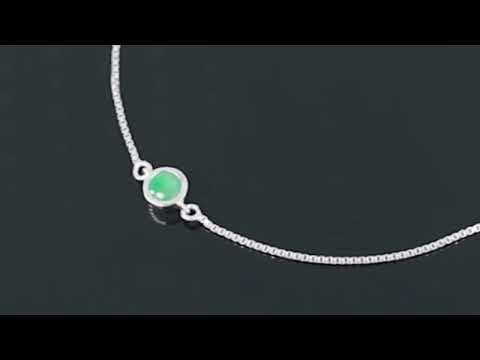Emeralds: A Kaleidoscope of Green | Explore Colors & Origins
EMERALD
May Birthstone

Emerald , may birthstone
Emeralds, with their captivating verdant hue, have been revered for centuries as more than mere gemstones. In ancient civilizations, they were believed to possess mystical powers, symbolizing rebirth, fertility, and eternal love. Their vibrant green color is a window into nature's vitality, reflecting the lush foliage and vibrant life it sustains. As a stone, emerald is not just a beautiful adornment but a touchstone to our deeper connection with the natural world, a reminder of the enduring power of growth and renewal that resonates within us all.
Emeralds : Rarer than Diamonds
The allure and expense of emeralds stem from their unique blend of beauty, rarity, and historical significance. Unlike diamonds, whose value is determined by standardized grading scales, emeralds are assessed by their individual characteristics. Their verdant hue, transparency, clarity, and the presence of inclusions all play a role in their value. Emeralds are rarer than diamonds, found in fewer locations and often with more inclusions due to their formation process. These inclusions, sometimes referred to as "jardin" (garden in French), are often seen as a testament to the gemstone's natural origin and unique character, adding to their allure. The historical and cultural significance of emeralds further contributes to their expense. Revered by ancient civilizations and royalty alike, emeralds have adorned crowns, scepters, and religious artifacts throughout history. This rich legacy of prestige and symbolism makes them highly sought after by collectors and connoisseurs, driving up their price.
Properties of Emerald
Emerald Metaphysical Properties
Healing: Emeralds are believed to possess healing energies that promote physical, emotional, and spiritual well-being.
Love and Compassion: They are associated with the heart chakra and are said to enhance love, compassion, and forgiveness.
Abundance and Prosperity: Emeralds are thought to attract wealth, abundance, and success.
Intuition and Wisdom: They are believed to enhance intuition, clarity of thought, and spiritual awareness.
Protection: Emeralds are said to offer protection from negative energies and promote harmony and balance.
Emerald Physical Properties
Color:The most prized emeralds exhibit a pure green to slightly bluish green color.
Hardness: Emeralds rank 7.5 to 8 on the Mohs scale, making them relatively durable but still susceptible to scratching and chipping.
Clarity: Most emeralds contain inclusions, often referred to as "jardin," which are considered part of their natural character.
Luster: Emeralds have a vitreous (glassy) luster that adds to their allure.
Chemical Composition: Emeralds are a variety of beryl, a mineral composed of beryllium, aluminum, silicon, and oxygen. The presence of chromium or vanadium gives emeralds their green color.
Emerald Colors
Emeralds are celebrated for their stunning green hues, with shades varying based on their origin. Ethiopian emeralds offer a bright, lively green, while Colombian emeralds are known for their deep, rich tones. Zambian and Brazilian emeralds often display vibrant blue-green hues, and Russian and Afghan emeralds feature striking dark greens. Each region’s emerald brings its own unique beauty, making them all cherished gemstones in jewelry.

Value and Preference:
While the pure green emerald remains the most sought-after, the desirability of other shades varies depending on personal taste and market trends. Some collectors prize the unique character of bluish or yellowish green emeralds, while others favor the intense vibrancy of vivid green stones.
Emerald Birthstone Connection
Emerald, the lush green gemstone, is the traditional birthstone for those born in May. It is believed to bring luck, love, and good health to its wearers, making it a cherished and meaningful gift for anyone celebrating a May birthday.
How much does Emerald Cost ?
Expect to pay a premium for Colombian emeralds, with Zambian emeralds following closely behind. Brazilian and Afghan emeralds offer more budget-friendly options, while Australian emeralds, though rare, command higher prices. Remember, larger, clearer, and more vibrant emeralds will be more expensive. Prices can easily reach hundreds of thousands of AUD for exceptional stones. Factors Affecting Price:Origin: Colombian emeralds are the most expensive, followed by Zambian. Brazilian and Afghan emeralds are more affordable options. Color: Vivid, pure green emeralds command the highest prices. Clarity: Fewer inclusions (imperfections) result in higher prices. Cut: A well-cut emerald maximizes brilliance and is more valuable. Carat Weight: Larger emeralds are significantly more expensive per carat. Budget-Friendly Alternatives: Lab-Created Emeralds: Identical in composition to natural emeralds, these offer a stunning and ethical option at a fraction of the price. Emerald Doublets or Triplets: These combine a thin layer of emerald with other materials, creating a more affordable option.
Emerald Varieties: A Global Tapestry of Green
While all emeralds share the same captivating green allure, their origin and trace element composition create a fascinating array of distinct types. Colombian Emeralds: Hailing from the lush mountains of Colombia, these emeralds are renowned for their exceptional quality and vibrant green hue, often with a subtle bluish undertone. Considered the gold standard for emerald color, Colombian emeralds are highly sought after for their intense saturation and unparalleled beauty.
Zambian Emeralds: Mined in the heart of Africa, Zambian emeralds are known for their distinctive bluish green color, a result of higher iron content. This unique hue exudes a cool, serene aura that sets them apart. Zambian emeralds are often praised for their exceptional clarity and transparency.
Brazilian Emeralds: Brazil is a significant source of emeralds, producing a range of colors from yellowish green to deep green. While they may not always match the intensity of Colombian emeralds, Brazilian stones offer a more affordable option with their own unique charm. Afghan Emeralds: Emeralds from Afghanistan are known for their rich, deep green color and often exhibit a velvety texture. These stones are relatively new to the market and have garnered attention for their unique characteristics and competitive prices.
Other Notable Origins: Emeralds are also found in Ethiopia, Madagascar, Nigeria, and Pakistan, each with its own distinct color variations and characteristics.
Lab-Created Emeralds
Lab-created emeralds offer a compelling alternative to their mined counterparts, boasting a multitude of benefits without compromising on beauty or quality.Affordability: Lab-created emeralds are significantly more affordable than natural emeralds, making the allure of this gemstone accessible to a wider audience. This allows for larger and more elaborate designs without the hefty price tag.Sustainability:The production of lab-created emeralds eliminates the need for mining, reducing the environmental impact associated with resource extraction and land disruption. This makes them a more sustainable and eco-conscious choice for jewelry lovers. Ethical Sourcing:By opting for lab-created emeralds, you avoid supporting unethical mining practices that can be associated with conflict zones or exploitative labor conditions.
Consistent Beauty: Lab-created emeralds often exhibit a more uniform and vibrant color than natural emeralds, which can have variations due to inclusions and impurities. They can also be crafted in specific cuts and sizes with greater precision.
Durability:With fewer inclusions, lab-created emeralds can be more durable and resistant to chipping or fracturing, ensuring your treasured piece lasts for generations.Variety of Colors:Lab-created emeralds can be produced in a spectrum of stunning green hues, from deep and rich to vibrant and bright. You can find the perfect shade to match your personal style and preferences. Whether you're seeking an ethical and sustainable option or simply desire a beautiful and affordable emerald, lab-created emeralds offer a radiant and responsible choice for jewelry lovers.


